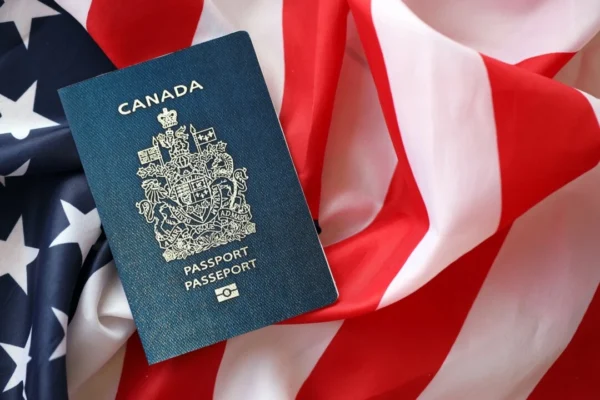Foreign nationals applying for social security benefits in the United States may find themselves puzzled by the rules and their application. Social security is a global phenomenon, with almost every country on Earth having established its own social security system for citizens long before the U.S. implemented its program in 1935.
In today’s global economy, many individuals have lived and worked in multiple countries, leading to situations where they are eligible to receive social security benefits from different nations. The interaction between foreign pensions and U.S. social security benefits is the focus of this column.
In one case, an individual who had lived and worked in the U.S. for 15 years, but had worked in the UK for about 30 years before moving to the U.S., faced a discrepancy in the estimated and actual amount of social security benefits they would receive. Despite expecting $900 per month based on an estimate from the Social Security Administration (SSA), the individual was informed they would only receive $450. The SSA representative cited “double-dipping” as the reason for the reduction, leading the individual to feel that the situation was unfair.
However, the reduction in benefits was not due to receiving funds from both sources; instead, it was a result of the Windfall Elimination Provision (WEP) law aimed at ensuring equitable distribution of benefits based on one’s income history. The WEP adjusts benefits for individuals who have earned pensions in jobs not covered by U.S. social security.
The core concept of this law stems from the social security retirement system built since 1935 to address social welfare concerns, including lifting retirees out of poverty. It aims to provide higher returns for lower-income individuals compared to wealthier individuals, ensuring a fair distribution of benefits.
For individuals like the person above receiving both U.S. and foreign pensions, the WEP is applied to recalibrate the benefits, ensuring that they receive benefits in alignment with the average American’s return rate of 40%, instead of the initially estimated rate of 90%. This adjustment aims to maintain fairness in benefit distribution among retirees with diverse income sources.
In another case, a Canadian citizen who moved to the U.S. in 2010 and married a U.S. citizen faced a similar dilemma when trying to claim spousal benefits from their spouse’s social security record but was initially told it was not possible. However, contrary to that advice, the individual should have been eligible to receive spousal benefits from their spouse’s record, as allowed by social security rules.
The intricacies of foreign pensions, social security interactions, and benefit calculations underscore the complexity of navigating the social security system, especially for individuals with international work histories and pensions. While the system aims to ensure fair and adequate benefits for retirees, discrepancies and misunderstandings can arise, highlighting the need for clear communication and accurate information dissemination.
This discussion sheds light on the intricacies of social security benefits, emphasizing the importance of understanding the laws and provisions governing benefit calculations for individuals with diverse income sources and international work histories. Navigating the system effectively requires awareness of the regulations and their implications on benefit eligibility and amounts.
Despite the complexities and challenges individuals may encounter when dealing with foreign pensions and U.S. social security benefits, seeking guidance from reliable sources and understanding the underlying principles can help navigate the system effectively and ensure fair treatment in benefit distribution.
—
This article was originally published in the English edition of Epoch Times website.

